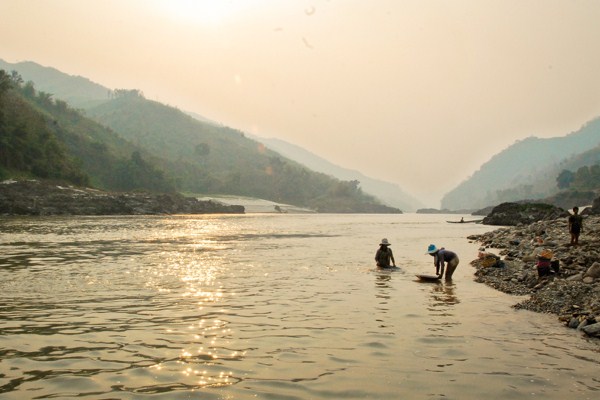Last year, Laos announced it would go ahead with the second of two massive, controversial dams on the Lower Mekong River, over the strong objections of its downstream neighbors, Vietnam and Cambodia. Despite the contentious decisions to build the Xayaburi and Don Sahong dams, however, the widespread and well-founded fear that a series of dams along the Mekong is fated to destroy a uniquely productive ecosystem may be overly pessimistic—not because the impact of the dams themselves has diminished, but because there are more reasons to doubt whether all of them will actually be built at all.
Up to 11 dams have been proposed on the Mekong, driven by major economic and political interests. Thai, Chinese and other foreign developers seek profits, with regional demand for electricity growing at 5 to 7 percent per year. At the same time, Laos in particular is counting on revenues from the export of electricity, primarily to Thailand, to help raise itself out of poverty.
But the expected benefits of the dams are overshadowed by tradeoffs in terms of the environment, food security and livelihoods along the Mekong. Even if all of the planned mainstream dams are built, they will contribute a comparatively small amount to total electricity demand in the region in coming decades, while devastating a vital waterway that is the biggest and most productive inland fishery in the world.

